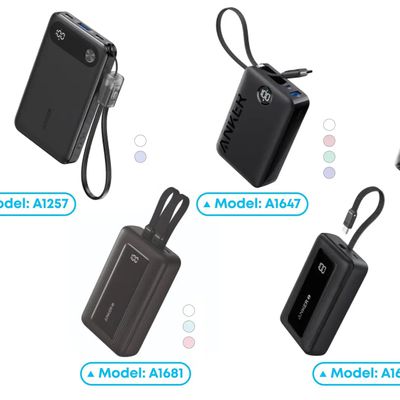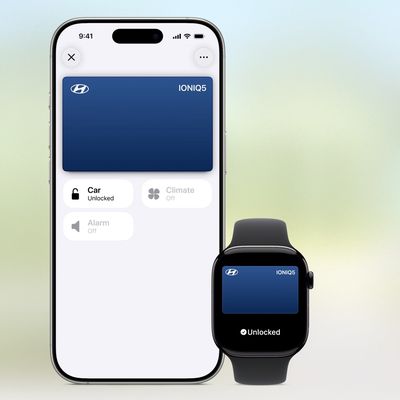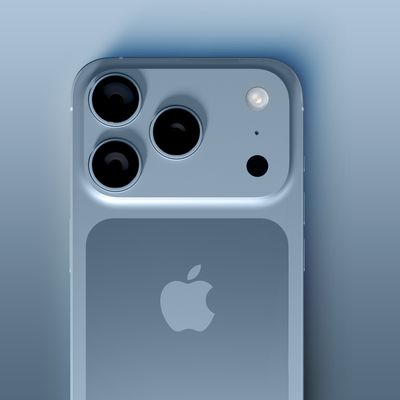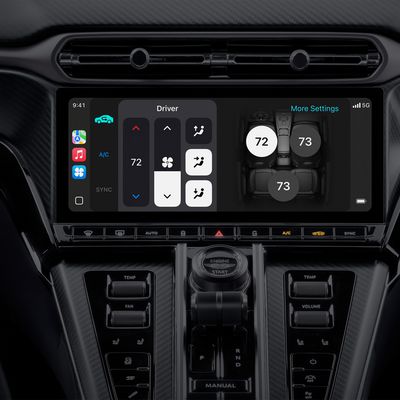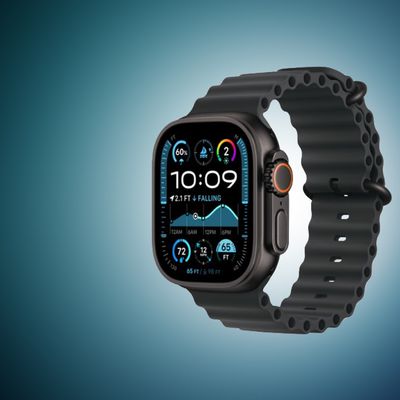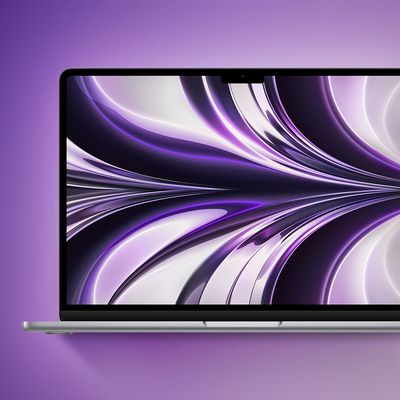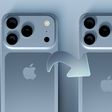Apple to Release iPhone With Glass Casing and AMOLED Screen in 2017
KGI Securities analyst Ming-Chi Kuo has issued a new report that again predicts Apple will switch to non-aluminum casing, with glass being the most likely candidate, for the majority of new iPhone models starting in 2017. If accurate, the design change would not apply to the iPhone 7 expected to launch this September.
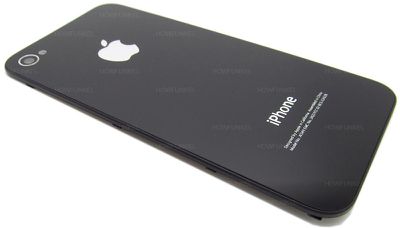
Specifically, Kuo believes that in order to differentiate iPhone from an increasing number of competing aluminum smartphones, Apple will return to iPhone 4s-like glass casing next year to allow for an all-new form-factor design. The switch would allow Apple to again "enhance the competitiveness" and innovation of iPhone.
If iPhone 7 still uses an aluminum casing in 2016, it will be the fifth year in a row that iPhone has done so, which means there is no longer a feeling of freshness to appeal to consumers. Also, a lot of Apple’s (US) competitors are also adopting aluminum casings, which means iPhone no longer has a clear edge due to a lack of differentiation. On expectations that iPhone shipments will decline in 2016, we believe Apple will be more strongly motivated to use non-aluminum casings in 2017 in a bid to enhance the competitiveness of iPhone by offering an all-new form-factor design.
The oft-reliable analyst adds that the ratio of new iPhone models using aluminum casing will likely drop from 100% currently to 40% or less, indicating that some aluminum-based iPhones will likely remain available for at least the short term. This could be older models like the iPhone 6s and iPhone 6 series.
Kuo notes that some investors are concerned that glass casing would be too heavy or fail a drop test. However, the analyst believes that a return to glass casing will not be problematic for Apple, and the added weight in particular could be offset by the switch to lighter AMOLED screens in 2017.
Apple already uses glass casing for iPhone 4/ 4S, and non-Apple brands have also been using glass casings. We therefore think a drop test will not be problematic for glass casing. A glass casing may be slightly heavier than an aluminum one of the same thickness, but the difference is so small that the use of the thinner and lighter AMOLED panel will compensate for that.
Multiple sources have claimed that Apple will release an OLED-based iPhone as early as 2017, with possible suppliers eventually including Samsung, LG Display, AU Optronics, Japan Display, Foxconn-owned Sharp, and others. Kuo said at least one model could have a 5.8-inch OLED screen with curved glass casing.
Popular Stories
Apple hasn't updated the AirPods Pro since 2022, and the earbuds are due for a refresh. We're counting on a new model this year, and we've seen several hints of new AirPods tucked away in Apple's code. Rumors suggest that Apple has some exciting new features planned that will make it worthwhile to upgrade to the latest model.
Subscribe to the MacRumors YouTube channel for more videos.
Heal...
Chase this week announced a series of new perks for its premium Sapphire Reserve credit card, and one of them is for a pair of Apple services.
Specifically, the credit card now offers complimentary annual subscriptions to Apple TV+ and Apple Music, a value of up to $250 per year.
If you are already paying for Apple TV+ and/or Apple Music directly through Apple, those subscriptions will...
Popular accessory maker Anker this month launched two separate recalls for its power banks, some of which may be a fire risk.
The first recall affects Anker PowerCore 10000 Power Banks sold between June 1, 2016 and December 31, 2022 in the United States. Anker says that these power banks have a "potential issue" with the battery inside, which can lead to overheating, melting of plastic...
In 2020, Apple added a digital car key feature to its Wallet app, allowing users to lock, unlock, and start a compatible vehicle with an iPhone or Apple Watch. The feature is currently offered by select automakers, including Audi, BMW, Hyundai, Kia, Genesis, Mercedes-Benz, Volvo, and a handful of others, and it is set to expand further.
During its WWDC 2025 keynote, Apple said that 13...
Apple's next-generation iPhone 17 Pro and iPhone 17 Pro Max are around three months away, and there are plenty of rumors about the devices.
Apple is expected to launch the iPhone 17, iPhone 17 Air, iPhone 17 Pro, and iPhone 17 Pro Max in September this year.
Below, we recap key changes rumored for the iPhone 17 Pro models:Aluminum frame: iPhone 17 Pro models are rumored to have an...
Apple last month announced the launch of CarPlay Ultra, the long-awaited next-generation version of its CarPlay software system for vehicles.
There was news this week about which automakers will and won't offer CarPlay Ultra, and we have provided an updated list below.
CarPlay Ultra is currently limited to newer Aston Martin vehicles in the U.S. and Canada. Fortunately, if you cannot...
Apple will finally deliver the Apple Watch Ultra 3 sometime this year, according to analyst Jeff Pu of GF Securities Hong Kong (via @jukanlosreve).
The analyst expects both the Apple Watch Series 11 and Apple Watch Ultra 3 to arrive this year (likely alongside the new iPhone 17 lineup, if previous launches are anything to go by), according to his latest product roadmap shared with...
Apple is planning to launch a low-cost MacBook powered by an iPhone chip, according to Apple analyst Ming-Chi Kuo.
In an article published on X, Kuo explained that the device will feature a 13-inch display and the A18 Pro chip, making it the first Mac powered by an iPhone chip. The A18 Pro chip debuted in the iPhone 16 Pro last year. To date, all Apple silicon Macs have contained M-series...





